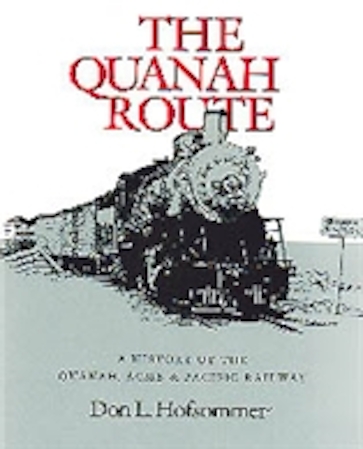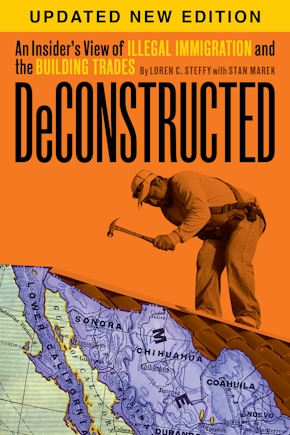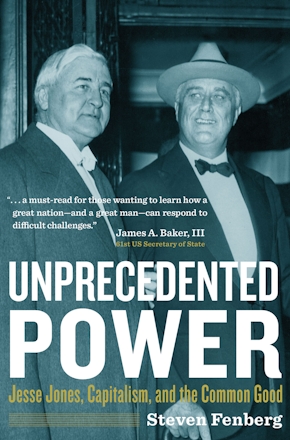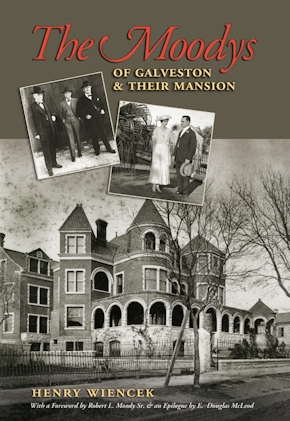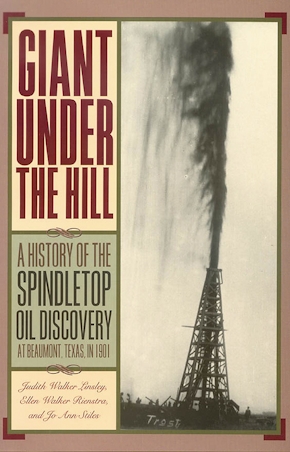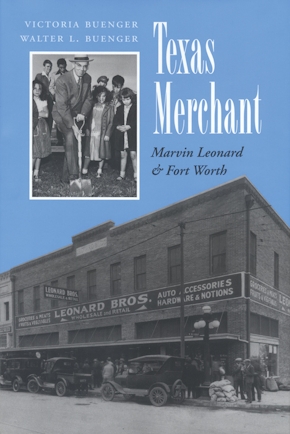The Quanah Route
A History of the Quanah, Acme, & Pacific Railway
978-1-58544-046-7 Paperback
8.5 x 11 x 0 in
232 pp. 124 b&w illus.
Pub Date: 06/01/2000
Available
BUY NOW
- Paperback $27.95
The QA&P developed in an era when railroads were tightly regulated by the Railroad Commission of Texas and the federal Interstate Commerce Commission. The in-depth historical analysis of an American short line railroad presented here is in essence the study of all such carriers in the era before deregulation. Fully illustrated with photographs and memorabilia, this volume covers the Quanah Route's birth, valiant struggle for life, and eventual demise in a changing regulatory and competitive environment. This then is a history not only of a railroad but also of its service area, particularly during one of the last great railroad construction booms, which took place in West Texas during the 1920s.
Through the years of the QA&P's life, energetic men such as Sam Lazarus and Charles Sommer juggled political and financial concerns against the changing times, Lazarus making the deal by which the QA&P became a subsidiary of the St. Louis–San Francisco (Frisco) road. In the end, the "good roads movement," trucking industry, and growing American passion for the private automobile spelled the end of the railroads' golden age as the prime carrier of passengers and products. As traced by Don L. Hofsommer in the full archives of the QA&P, the history of this short line railroad embodies the pulse and pathos of a place through the changing times of the twentieth century.
About the Author
Published by Texas A&M University Press
